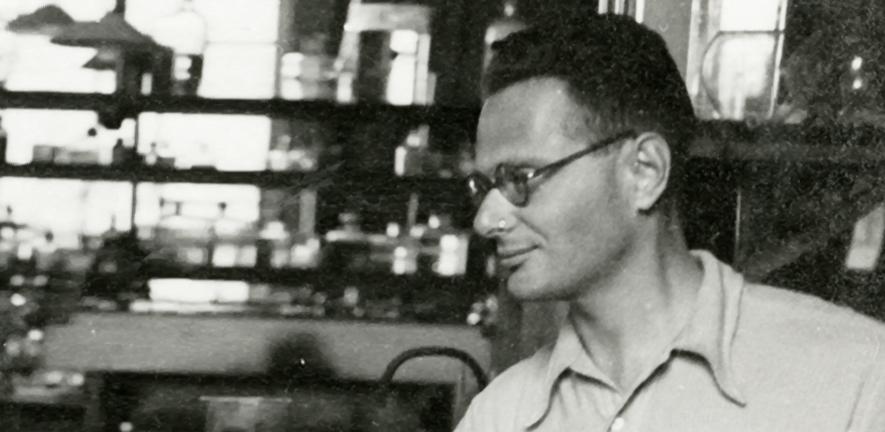
Nobel Prize in Physiology or Medicine 1953 for his discovery of the citric acid cycle, shared with Fritz Albert Lipmann.
Department of Biochemistry Demonstrator (1933-1935).
Hans Adolf Krebs was born in Hildesheim, Germany and by 1933 was working in the Medical Clinic of the University of Freiburg, a post from which he was dismissed in April 1933. By that time, in collaboration with his research student Kurt Henseleit, he had published the details of the first cyclic metabolic pathway to be discovered, the urea cycle. Frederick Gowland Hopkins, who kept up with the German literature, had described this work to the Royal Society in the winter of 1932 and, following the events of January 1933, he wrote to Krebs offering him sanctuary in Cambridge. Krebs arrived in July 1933, becoming a Demonstrator in the Department of Biochemistry, a post he held until 1935 when he moved to Sheffield. It was there, in collaboration with William Johnson, that he resolved the sequence of reactions that they called the citric acid cycle. They measured the decline in metabolic rate of a suspension of fresh, minced pigeon breast and found that adding a salt of citric acid extended the 'life' of the sample by three-fold. They were able to show that a cyclical pathway was involved that with each turn regenerates citric acid and releases ATP, the cell's primary energy currency.
On submitting their findings to Nature they were famously informed that the journal had enough material for the next "seven or eight weeks"; their paper instead appeared in the Dutch journal Enzymologia.
Krebs shared the Nobel Prize with Fritz Lipmann who had discovered co-enzyme A. Subsequently, working with Hans Kornberg, who was Sir William Dunn Professor in the Biochemistry Department from 1975 to 1995, Krebs discovered the glyoxylate cycle, a variation of the citric acid cycle occurring in plants, bacteria, protists and fungi.
